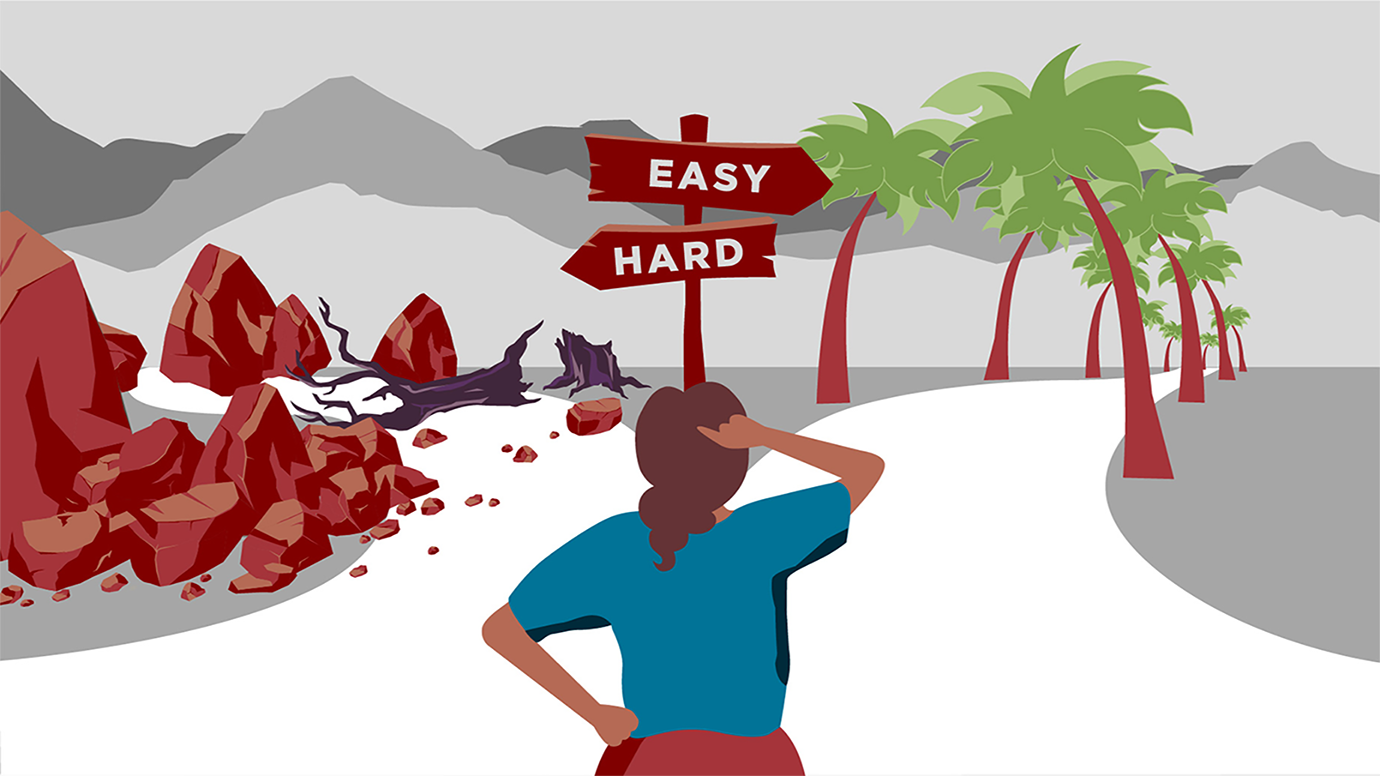- A Book a Week
- Posts
- Thinking, Fast and Slow
Thinking, Fast and Slow
This week, we're focusing on "Thinking, Fast and Slow" by Daniel Kahneman. This book looks at how our 2 thinking systems shape our judgments and decisions, often leading to biases and errors in our thinking. Let’s dive in.

This book divides our brain into two systems that drive the way we think. System 1 is fast, intuitive, and emotional; System 2 is slower, more deliberative, and logical. However, each is susceptible to various cognitive biases and decision-making pitfalls that may be impacting your life.

Principle #1: Dual Systems of Thinking
Our minds operate using two systems: System 1 (fast, intuitive, and emotional) and System 2 (slow, deliberative, and logical). Recognizing which system you're operating from can help you understand your reactions and decisions better, allowing for more mindful responses in various situations.
Principle #2: The Anchoring Effect
We often rely too heavily on the first piece of information (the "anchor") we receive about a topic. When making decisions, consciously question initial information and consider additional data to avoid biased judgments.
Principle #3: The Overconfidence Bias
We tend to overestimate our own abilities and the accuracy of our predictions. Acknowledging this bias can lead us to question our assumptions and make room for doubt, leading to more accurate assessments and decisions.
Principle #4: Framing effects
The way information is presented (framed) significantly affects our decisions and judgments. By being aware of framing effects, we can strive to look beyond the surface presentation of information to make more objective decisions.
Principle #5: The Sunk Cost Fallacy
With the sunk cost fallacy, we often continue a behavior or endeavor as a result of previously invested resources (time, money, effort), even if it no longer serves our best interest. Recognizing the fallacy can help us make decisions based on future value rather than past costs.

“The confidence that individuals have in their beliefs depends mostly on the quality of the story they can tell about what they see, even if they see little.”
"We can be blind to the obvious, and we are also blind to our blindness."
“Nothing in life is as important as you think it is, while you are thinking about it.”

Pause Before Deciding: Before making important decisions, take a moment to engage System 2. Ask yourself if you're relying too much on gut feelings. This can help avoid biases and make more reasoned choices.
Seek Contrary Information: Challenge your beliefs and assumptions by actively seeking out information that contradicts them. This practice can mitigate confirmation bias and lead to more balanced viewpoints.
Widen Your Options: When faced with a decision, try to expand your set of choices. Kahneman suggests that a broader view can help overcome the narrow framing bias, leading to better outcomes.

For one week, consciously note every time you make a quick, gut-based decision. At the end of the day, review these decisions to see how many you still agree with and how many you might change if you had taken more time. Reflect on the impact of fast and slow thinking in your daily life.

Nudging is a concept from behavioral economics that subtly influences people's decisions and behaviors; it is based on the idea that small changes in the way choices are presented can significantly impact our decisions, often without us being aware of it. Daniel Kahneman's insights into fast and slow thinking help explain why nudging works. By understanding how our automatic, intuitive responses (System 1) can lead to not so great decisions, nudges are designed to steer these quick decisions towards better outcomes by appealing to our cognitive biases.
The main debate around nudging revolves around ethics and autonomy—whether it's right to influence people's choices even for their benefit, and if such practices could be manipulative. Critics argue about the potential for misuse, while proponents highlight its effectiveness in promoting positive social behaviors without coercion. This debate reflects the broader implications of applying psychological insights to influence decision-making in real-world scenarios, balancing between guiding positive outcomes and respecting individual autonomy.

We hope you enjoyed learning more about Thinking, Fast and Slow and how these 2 systems may be impacting your decisions.
As always, if you have any feedback or questions, just hit reply.
A Book a Week Team

